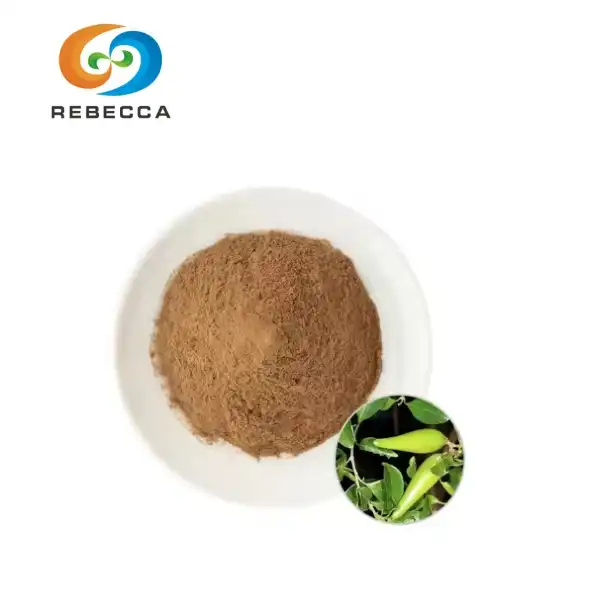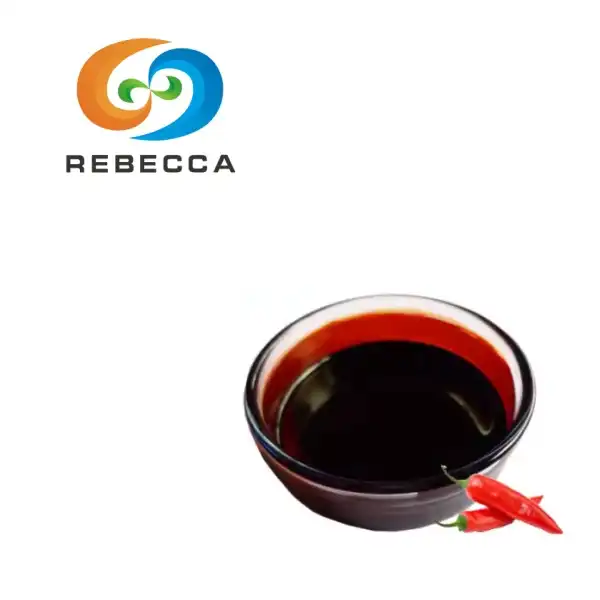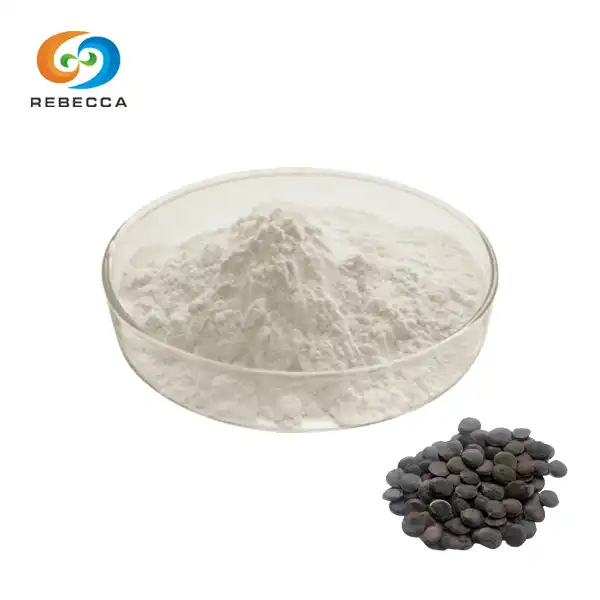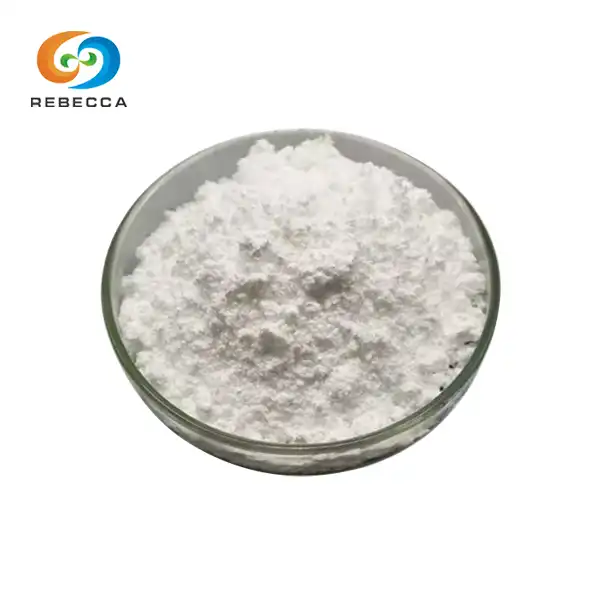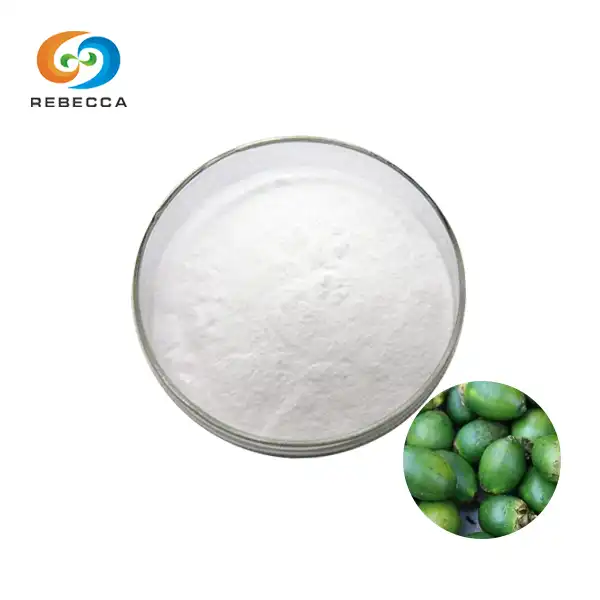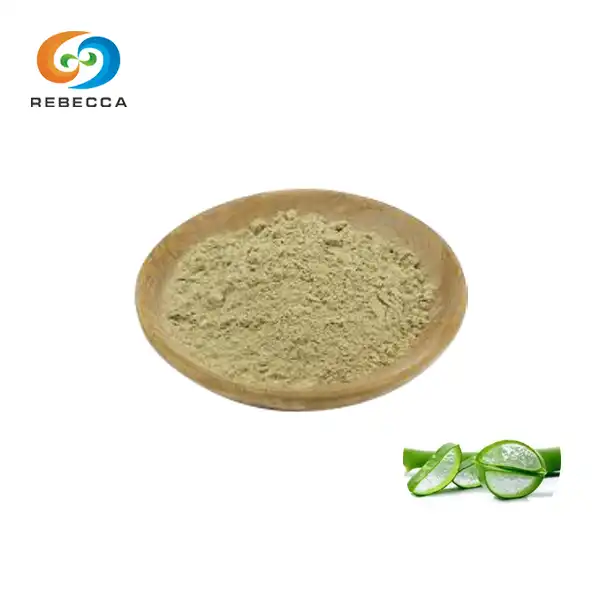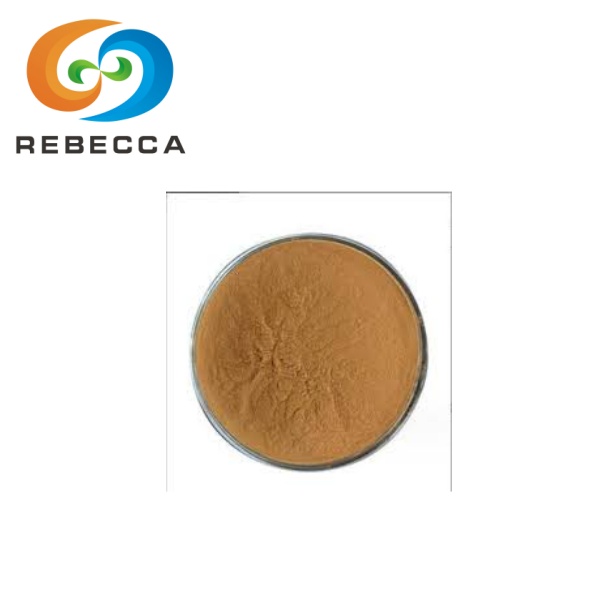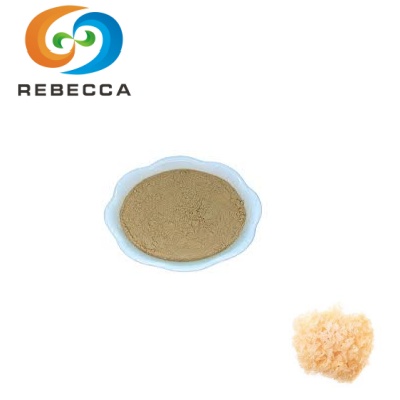What Is Siberian Ginseng Root Extract?
Siberian ginseng is a herb that has been used for centuries in traditional medicine, particularly in Eastern countries like China and Russia. Despite its name, Siberian ginseng is not related to the more commonly known Panax ginseng. Instead, it belongs to a different genus and offers its own unique set of benefits. In this article, we'll explore what siberian ginseng extract is, how it differs from Panax ginseng, the extraction process, and its active compounds.

What is Siberian Ginseng, and how is it different from Panax Ginseng?
Siberian ginseng, also known as eleuthero, is a woody shrub native to the forests of Russia, China, Korea, and Japan. It has been used in traditional medicine for thousands of years, prized for its adaptogenic properties - the ability to help the body adapt to stress and maintain overall balance.
While Siberian ginseng and Panax ginseng share similar names and some medicinal properties, they are distinctly different plants:
- Genus: Siberian ginseng belongs to the Eleutherococcus genus, while Panax ginseng is part of the Panax genus.
- Active compounds: Siberian ginseng contains eleutherosides, while Panax ginseng's primary active compounds are ginsenosides.
- Appearance: Siberian ginseng has dark brown roots with a rough texture, whereas Panax ginseng roots are typically lighter in color and smoother.
- Effects: While both are considered adaptogens, Siberian ginseng is generally considered milder and more suitable for long-term use compared to Panax ginseng.
Despite these differences, both herbs have been traditionally used to enhance energy, improve mental clarity, and support overall health and well-being.

How is Siberian Ginseng Root Extract made?
The process of creating Siberian ginseng root extract involves several steps to ensure the highest quality and potency of the final product:
- Harvesting: The roots of Siberian ginseng are typically harvested in the fall when the plant is 3-7 years old, as this is when the concentration of active compounds is at its peak.
- Cleaning and Drying: The harvested roots are thoroughly cleaned to remove any dirt or debris. They are then carefully dried to reduce moisture content while preserving the active compounds.
- Grinding: The dried roots are ground into a fine powder, increasing the surface area for more efficient extraction.
- Extraction: The powdered root is then subjected to an extraction process. This is typically done using ethanol or water as solvents. The choice of solvent and extraction method can affect the final composition of the extract.
- Concentration: The liquid extract is then concentrated by removing the solvent, often through evaporation under controlled conditions.
- Standardization: The extract is standardized to ensure a consistent level of active compounds, particularly eleutherosides, in the final product.
- Quality Control: The extract undergoes rigorous testing to ensure purity, potency, and absence of contaminants.
This meticulous process results in a concentrated form of Siberian ginseng that retains the plant's beneficial compounds in a form that's easy to consume and incorporate into various products.

What are the active compounds in Siberian Ginseng Root Extract?
Siberian ginseng extract powder contains a complex array of bioactive compounds that contribute to its medicinal properties. The most significant of these are:
- Eleutherosides: These are the primary active compounds in Siberian ginseng. Eleutherosides A, B, C, D, and E have been identified, with eleutheroside B and E being the most studied. These compounds are believed to be responsible for many of the adaptogenic effects of Siberian ginseng.
- Lignans: These plant compounds have antioxidant properties and may contribute to the herb's health benefits.
- Polysaccharides: These complex sugars have been shown to have immunomodulatory effects, potentially boosting the immune system.
- Phenylpropanoids: These compounds have shown antioxidant and anti-inflammatory properties in various studies.
- Coumarins: These organic compounds have been associated with various biological activities, including anti-inflammatory and antimicrobial effects.
- Triterpene saponins: These compounds are known for their adaptogenic properties and may contribute to the overall effects of Siberian ginseng.
The combination of these compounds works synergistically to produce the various health benefits associated with Siberian ginseng. It's important to note that the exact composition can vary depending on factors such as the plant's growing conditions, harvest time, and extraction method.
Research has shown that Siberian ginseng extract may offer a range of potential health benefits, including:
- Enhancing physical and mental performance
- Supporting immune function
- Helping the body adapt to stress
- Potentially improving cardiovascular health
- Supporting cognitive function and memory
However, as with any herbal supplement, it's important to consult with a healthcare professional before incorporating Siberian ginseng extract into your routine, especially if you have any pre-existing health conditions or are taking medications.

Siberian Ginseng Extract Supplier
Siberian ginseng root extract is a powerful adaptogenic herb with a rich history of traditional use and growing scientific interest. Its unique composition of bioactive compounds, particularly eleutherosides, sets it apart from other ginseng varieties and contributes to its potential health benefits. As research continues to uncover the mechanisms behind its effects, Siberian ginseng extract remains a popular choice for those seeking natural ways to support their health and vitality.
Rebecca Bio-Tech is a professional Siberian ginseng extract manufacturer in China, producing 24 tons of the extract annually. For more product information, please contact us at information@sxrebecca.com to request samples, and detailed specifications or to discuss your custom requirements.
References:
- Panossian, A., & Wikman, G. (2010). Effects of Adaptogens on the Central Nervous System and the Molecular Mechanisms Associated with Their Stress—Protective Activity. Pharmaceuticals, 3(1), 188-224.
- Brekhman, I. I., & Dardymov, I. V. (1969). New substances of plant origin which increase nonspecific resistance. Annual review of pharmacology, 9(1), 419-430.
- Huang, L. Z., Huang, B. K., Ye, Q., & Qin, L. P. (2011). Bioactivity-guided fractionation for anti-fatigue property of Acanthopanax senticosus. Journal of ethnopharmacology, 133(1), 213-219.
- Davydov, M., & Krikorian, A. D. (2000). Eleutherococcus senticosus (Rupr. & Maxim.) Maxim.(Araliaceae) as an adaptogen: a closer look. Journal of ethnopharmacology, 72(3), 345-393.
- Cicero, A. F., Bandieri, E., & Arletti, R. (2004). Lepidium meyenii Walp. improves sexual behaviour in male rats independently from its action on spontaneous locomotor activity. Journal of ethnopharmacology, 96(1-2), 127-132.
- Eschbach, L. F., Webster, M. J., Boyd, J. C., McArthur, P. D., & Evetovich, T. K. (2000). The effect of siberian ginseng (Eleutherococcus senticosus) on substrate utilization and performance. International journal of sport nutrition and exercise metabolism, 10(4), 444-451.
